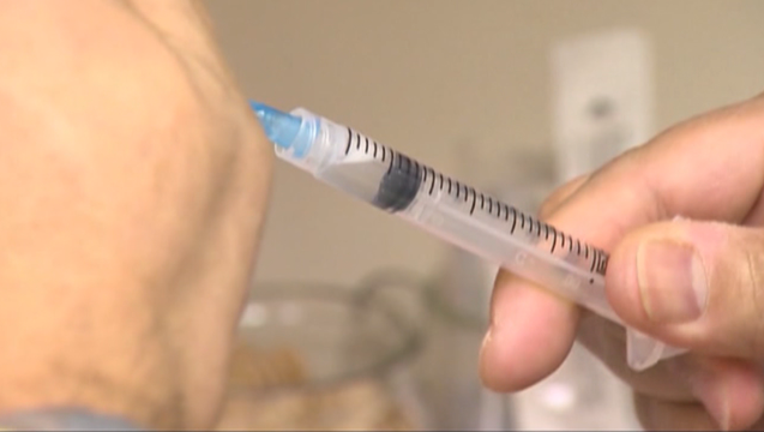Warning about flu season issued

NEW YORK (FOX5NY) - A new published paper warns that this could be a bad flu season in the United States and the flu vaccine being used could have as low as a 10 percent effectiveness.
As clinicians prepare for our influenza season, experts have been watching the Southern Hemisphere winter for hints of what might be in store. Reports from Australia have caused mounting concern, with record-high numbers of laboratory-confirmed influenza notifications and outbreaks and higher-than-average numbers of hospitalizations and deaths and that the vaccine, which is similar to the one being used in the U.S. had only a 10 percent effectiveness.
The paper says the implications for the Northern Hemisphere are not clear but states that since most of the U.S. influenza-vaccine supply is currently produced in eggs and the composition of the 2017–2018 Northern Hemisphere vaccine is identical to that used in Australia, it is possible that we will experience low vaccine effectiveness against influenza A (H3N2) viruses and a relatively severe influenza season if they predominate.
This possibility underscores the need to strive toward a “universal” influenza vaccine that will protect against seasonal influenza drift variants as well as potential pandemic strains, with better durability than current annual vaccines.
The authors want that however imperfect, though, current influenza vaccines remain a valuable public health tool, and it is always better to get vaccinated than not to get vaccinated. In this regard, the CDC estimates that influenza vaccination averted 40,000 deaths in the United States between the 2005–2006 and 2013–2014 seasons.

